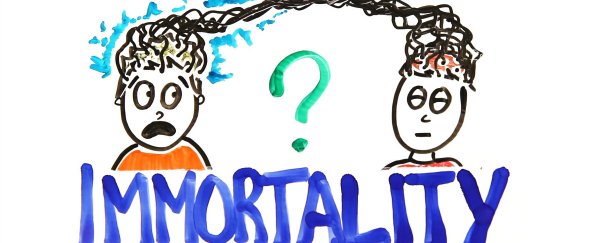Could someone transfer their consciousness to another body in order to live forever? That's the basis behind new film Selfless, but just how scientifically plausible is it? As the latest episode of AsapSCIENCE explains, we're actually closer than you might think.
To achieve consciousness transfer, you first need to understand exactly what consciousness is, where it exists in the 1.3-kg (3-pound) lump of fatty tissue we call our brains, and how to download it. Scientists have already begun to achieve this, by mapping the specific networks of neurons that fire when we recall specific memories or sense different things. And they've already managed to recreate certain sensations, such as the smell of burnt toast, simply by stimulating specific neuron networks with electricity.
So by learning to translate which neurons code to which memories, we could essentially download memories from the human brain - and scientists have already come close to doing this by finding out how to record people's dreams.
The next step would be to create a map of the 80 billion neurons in the human brain and all the connections between them, known as the 'connectome'. This is something that major research groups are now working on, and if we could achieve it, we could create a computer model that works like a virtual brain, which would allow us to essentially download all our memories onto a machine.
But how about uploading these memories into someone else's brain? Well, we don't want to alarm you, but scientists have found a way to do that too. Check out the episode of AsapSCIENCE above to find out how we can already implant false memories into someone's mind. But don't freak out just yet - even if we could download and upload our thoughts, there's a lot more that makes us unique.
